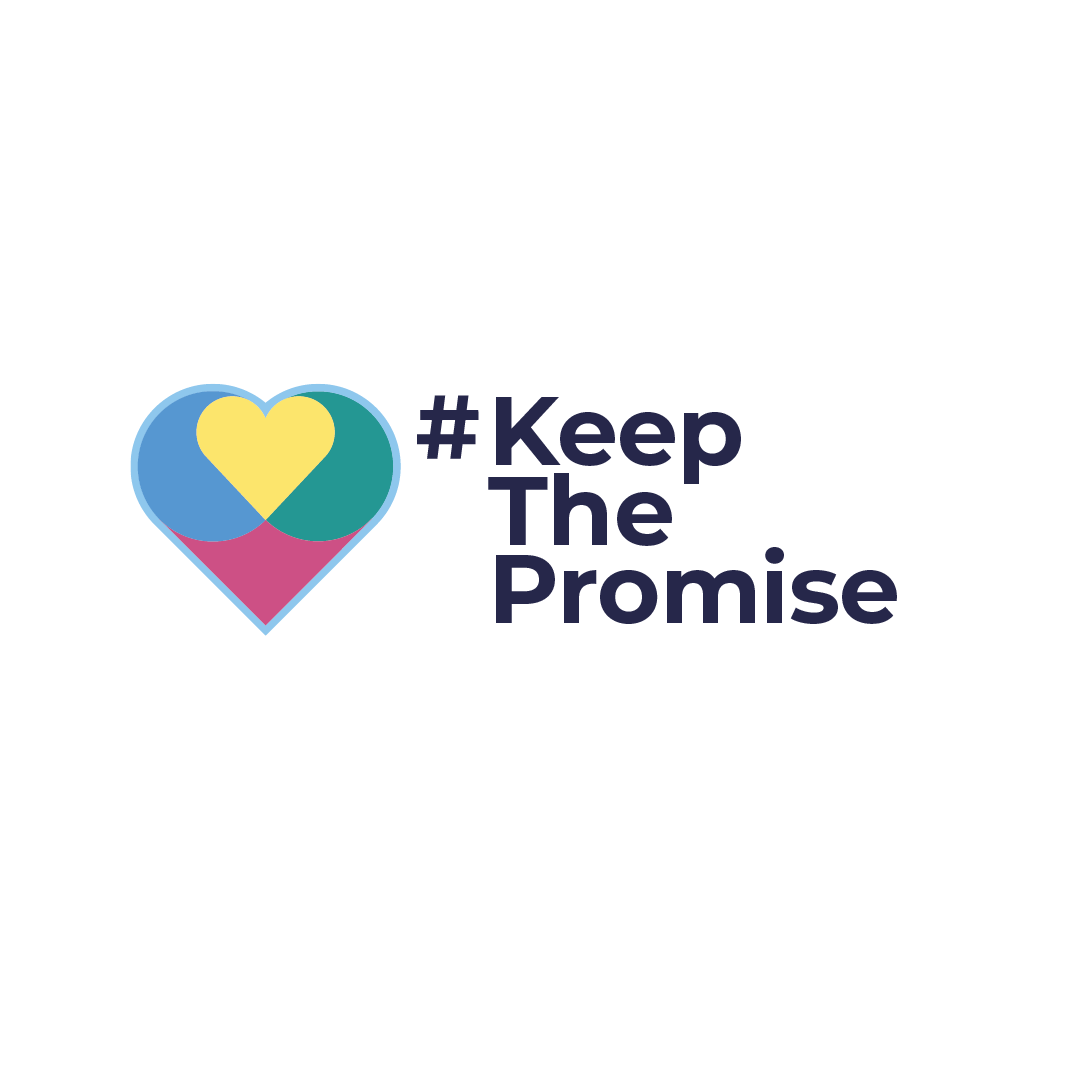Recovering from Violence: Lessons from Lived Experience
Insights from James Docherty at the SCCR Online Conference

Insights from James Docherty at the SCCR Online Conference
At this year's SCCR online conference, James Docherty delivered a powerful presentation about recovering from violence. Drawing from both academic research and lived experience, James challenged perceptions around trauma, offering a compelling call to action for more compassionate, informed, and inclusive approaches to support and recovery.
Shifting the narrative from ‘what’s wrong with you?’ to ‘what happened to you?’
James opened with a quote that reframes how we view people affected by trauma: ‘We shouldn't ask what's wrong with people, but what happened to them.’ This shift from judgement to understanding is at the heart of trauma-informed practice. Many people, who have experienced trauma in childhood face difficulties connected to the childhood experience later in life. James described it as people ‘carrying invisible wounds’. These wounds — often rooted in childhood — shape how individuals see the world, respond to conflict, and form relationships.
Violence and ACEs
A crucial concept in understanding trauma is ACEs — Adverse Childhood Experiences. James highlighted how these early life experiences are often at the root of later behaviours, including violence. James explained that child abuse and neglect can have lasting, damaging impacts on children as they grow and develop, as well as into adulthood.
Children who experience multiple ACEs are more likely to develop a heightened stress response system, meaning their brains and bodies are always on high alert. In this state, violence can become a learned survival tactic — a way to gain control or protect themselves in unpredictable situations. As James shared from his own experience: “I would respond to arguments with aggression, because that’s what I learned at home. Whoever shouts the loudest wins the argument.”
Violence as a Trauma Response
When we understand the impact of trauma, we can begin to see violence not simply as “bad behaviour,” but often as a trauma response. Common outcomes of unaddressed trauma include:
- Increased irritability or explosive anger
- Risk-taking behaviour and substance use
- Poor school performance or attendance
- Mental health difficulties
- Carrying weapons or planning acts of violence
- Hypervigilance or dissociation
These are not signs of someone who is ‘broken’, but of someone trying to cope with experiences they were never equipped to handle.
The Power of Listening to Survivors
James made it clear: ‘If we are not doing it with them, we are doing it to them.’ Trauma-informed work must centre the voices of those with lived experience. Survivors can teach us:
- That adversity is not destiny
- That healing is possible with the right support
- That every individual is unique
- That trauma-informed practice must be genuine — not a tick-box exercise
As James put it, ‘Trauma is a wound that can heal, but it leaves a scar.’ Recovery isn’t about erasing the past, but learning to live with it — and sometimes, use it to help others. ‘If hurt people hurt people,’ James said, ‘then helped people can help others.’
Recovery through positive relationships
James emphasised that recovery from trauma doesn’t happen in isolation: it happens in relationships. Supportive, trusting connections with others are essential for healing. Whether it’s a friend, mentor, teacher, or professional, the presence of someone who listens without judgement can be life changing. These relationships provide safety, model healthier behaviours, and help rebuild a sense of belonging — the foundations for long-term recovery. By creating environments where people feel safe, respected, and understoodwe help unlock the possibility of healing – not just for individuals, but for communities.
If you’d like to see video of the talk that James Docherty gave as part of SCCR’s ‘Can’t, not Won’t’ online conference, click here.





